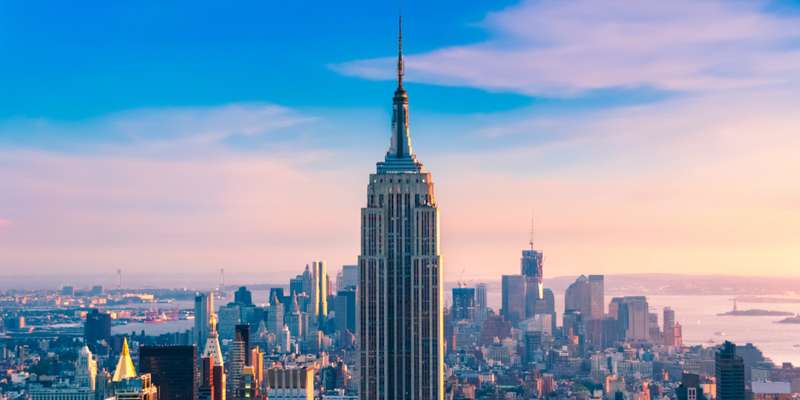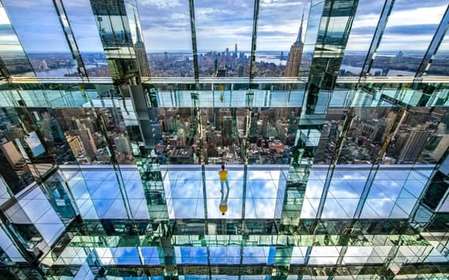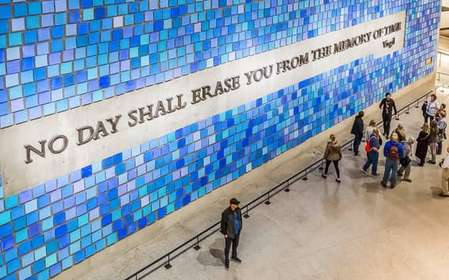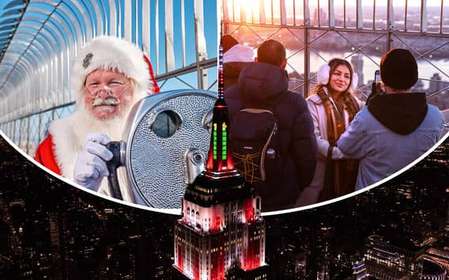- Home
- Useful Tips
- Safe areas to stay in New York...
Solo travel in New York City can be exhilarating, but safety concerns often loom large for independent explorers. Over 60% of solo travelers report anxiety about choosing the right neighborhood, with women expressing particular concern about late-night safety. The city's sheer size and reputation for fast-paced energy create real challenges in identifying areas that balance accessibility, affordability, and security. Misinformation compounds the problem – advice meant for families or business travelers rarely applies to those navigating the city alone. Locals understand these nuances intimately, knowing which streets maintain welcoming energy after dark and which accommodations prioritize solo guest security without sacrificing authentic NYC experiences.


Why Manhattan's Midtown West beats Times Square for solo safety
While Times Square dazzles first-time visitors, seasoned solo travelers prefer Midtown West's quieter streets with equal proximity to transit. The area between 9th Avenue and the Hudson River offers 24-hour diners frequented by theater staff, providing natural surveillance until late hours. You'll find doorman buildings with reasonable Airbnb prices here, unlike the tourist-clogged zones east of Broadway. The NYPD's Midtown North precinct maintains visible patrols along 8th Avenue, creating a safety corridor down to Chelsea. Unlike Times Square's overwhelming crowds that can mask pickpockets, these residential-commercial hybrids let you develop neighborhood familiarity quickly. The Jacob Javits Center's event schedule brings business travelers to area hotels, ensuring steady foot traffic without rowdy tourist behavior.
How Brooklyn's Williamsburg balances local charm with solo security
Williamsburg's transformation from industrial zone to creative hub created uniquely safe conditions for solo explorers. Well-lit Bedford Avenue bustles until midnight with coffee shops turned wine bars, allowing natural transition from day to evening. The L train's 24-hour service (pre-pandemic schedule restored) means you're never stranded, while local businesses' neighborhood watch mentality surpasses Manhattan's anonymity. Seek accommodations near McCarren Park – its open sightlines and morning joggers create organic security. New boutique hostels here design female-only dorms with keycard access and personal lockers, while still facilitating social connections. Weekend crowds diffuse evenly rather than concentrating in risky hotspots, and the East River Ferry provides scenic, staffed transit alternatives to the subway after dark.
Queens' Long Island City: High safety ratings with subway access
Often overlooked by solo travelers, Long Island City delivers Manhattan accessibility with residential tranquility. The area's rapid development prioritized safety features like street-facing cameras and 24-hour concierge services in mid-range hotels. You can walk alone to Gantry Plaza State Park at sunset thanks to waterfront lighting systems, while Court Square's multiple subway lines (7, E, M, G) prevent dependence on any single transit route. Local supermarkets stay open late, reducing the need to wander unfamiliar streets for essentials. Police statistics show LIC has lower violent crime rates than 92% of NYC neighborhoods, yet it's just one stop from Grand Central. The growing arts community means you'll find welcoming cafés with communal tables perfect for meeting fellow travelers without venturing into nightlife districts.
Proven strategies to verify neighborhood safety day and night
Savvy solo travelers cross-reference multiple safety indicators beyond hotel brochures. Daylight reconnaissance should note which bodegas have security grills (indicating after-hours risk) and which pharmacies use clear window displays (natural surveillance). Apps like Citizen show real-time street activity, while checking NYPD CompStat data reveals actual crime patterns versus perceptions. Buildings with bike racks signal resident turnover rates – too many suggests transient populations, none indicates overly restrictive policies. Your evening test: can you spot at least two open establishments and three visible cameras within a block? Local business districts with active merchant associations often have supplemental security patrols. These micro-checks matter more than borough-wide reputations, letting you create personalized safety maps matching your itinerary rhythms.



